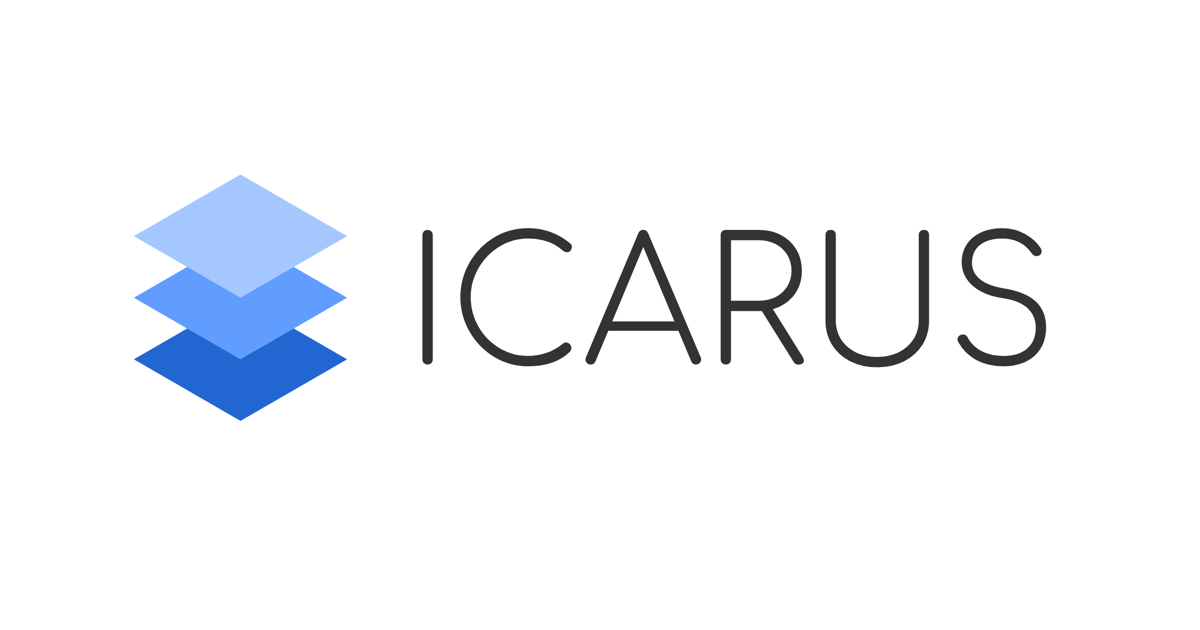
You can also get macOS-like Quick Look feature on Windows 10 with a Microsoft Store app. The Quick Look feature allows you to press the space bar to preview the photograph, contents of a document, etc. Quick LookĪpple’s Quick Look feature for macOS is pretty convenient and it offers a great way to take a quick peek at something without launching an app. You can download and install EarTrumpet 2.0 from the Microsoft Store. To turn off the default controls, open Windows Search and search for “turn system icons on or off” and turn off the volume controls feature. When EarTrumpet is installed, you can turn off the default volume control feature that comes in Windows 10. In addition, the developers have also included the option to quickly mute web browsers such as Google Chrome and Microsoft Edge when the websites start playing in the background.ĮarTrumpet places a volume controller in the taskbar and you can access it by clicking on the sound icon. EarTrumpet replaces the default taskbar-based volume controls on Windows 10 and it makes navigating your various audio devices on Windows 10 machine much simpler.ĮarTrumpet also comes with built-in volume mixer, which allows you to manage default audio devices and change the volume on individual apps. If you want to support the developers, you can pay $1 and purchase the app on the Microsoft Store.ĮarTrumpet is a volume control app with modern, clean and friendly UI. You can download TaskBarX from the links given below. You can also change the 'Search' option to 'Hidden' (the Search bar will still appear in the Start menu).Windows 10’s TaskbarX app allows you to center your taskbar icons and alter the look of your taskbar with blur effects, transparency, or Fluent Design-like acrylic effect. You can also right-click on the taskbar and uncheck 'Show task view' and 'Show Cortana button' to hide two tools that weren't present in Windows 7. Click 'OK', then open the Start menu to see the change.

Launch the program, click the 'Start menu style' tab and select 'Windows 7 Style'. There are no potentially unwanted programs to worry about. To try it, download the latest release and run through the installer as directed. Thankfully, you restore the menu to its former glory using a free tool called Open-Shell-Menu (formerly known as Classic Shell). The Start Menu returned in Windows 10, to the relief of many, but it still looks quite different to the one you know and love from Windows 7.


Microsoft tried getting rid of the Start menu altogether in Windows 8, replacing it with a colorful screen of rectangular tiles much like your phone's app selector.


 0 kommentar(er)
0 kommentar(er)
